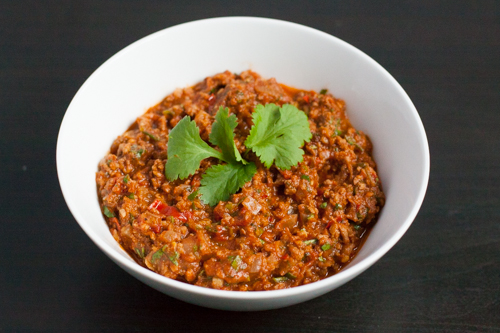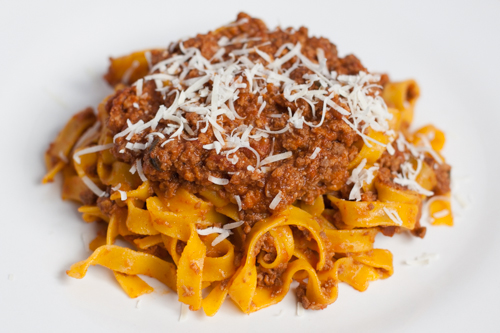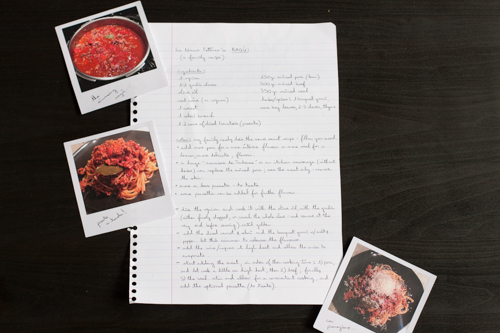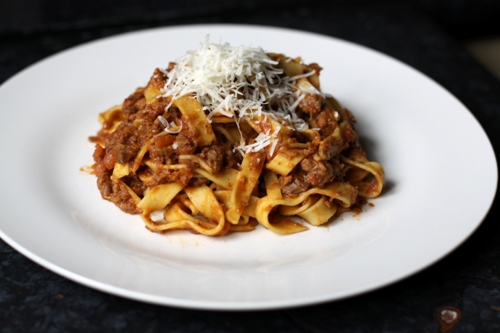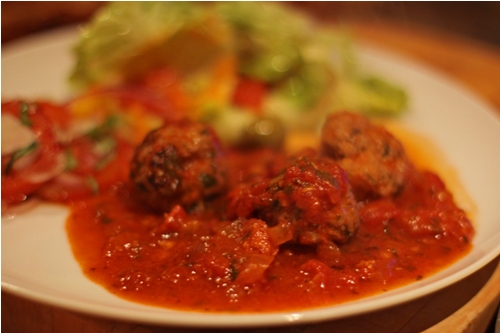Dad's Empanadas
 Wednesday, April 25, 2018 at 8:06AM
Wednesday, April 25, 2018 at 8:06AM 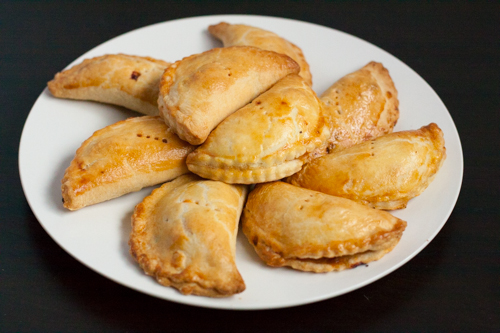
The best thing about making Dad’s Mexican chilli is leftovers. Leftovers = empanadas.
These aren’t traditional Argentine empanadas – the ‘Mexican’ is clue there – but I grew up with them, so they are my fave.
I ate my body weight in empanadas twice over when I visited Argentina in 2009. Empanadas vary hugely from region to region. The best I found were in Cordoba, where they were beefy, salty, juicy and fried. Further North they start adding more sugar or fruits, like raisins, which I am not a big fan of in savoury foods.
I never did find any with boiled egg and green olives – the one element of my Dad’s that he swears is traditional – but Portena at Borough Market (easily the best empanadas in London) use both so it must be a thing somewhere in Argentina.
 Vix |
Vix |  2 Comments |
2 Comments | 
